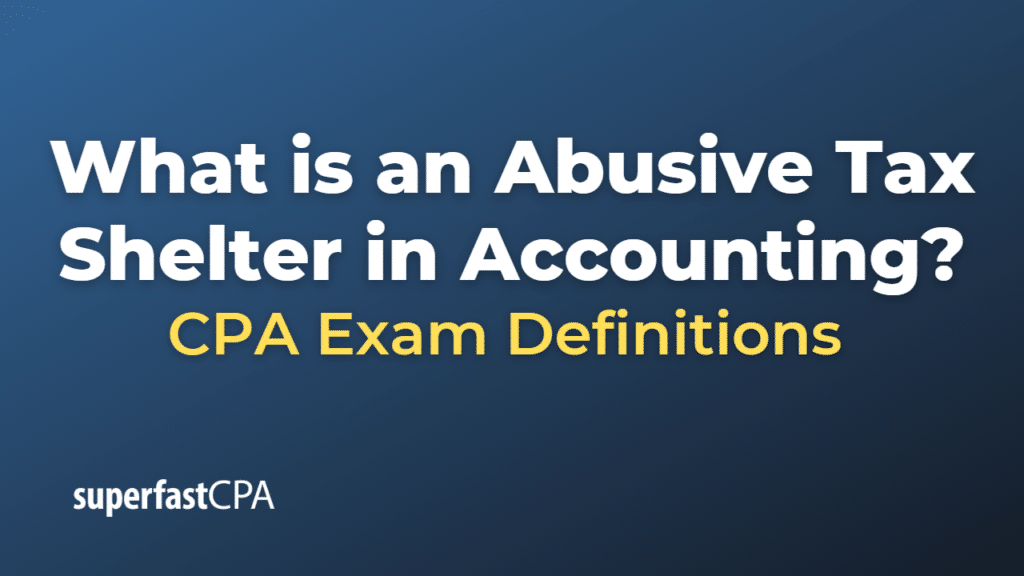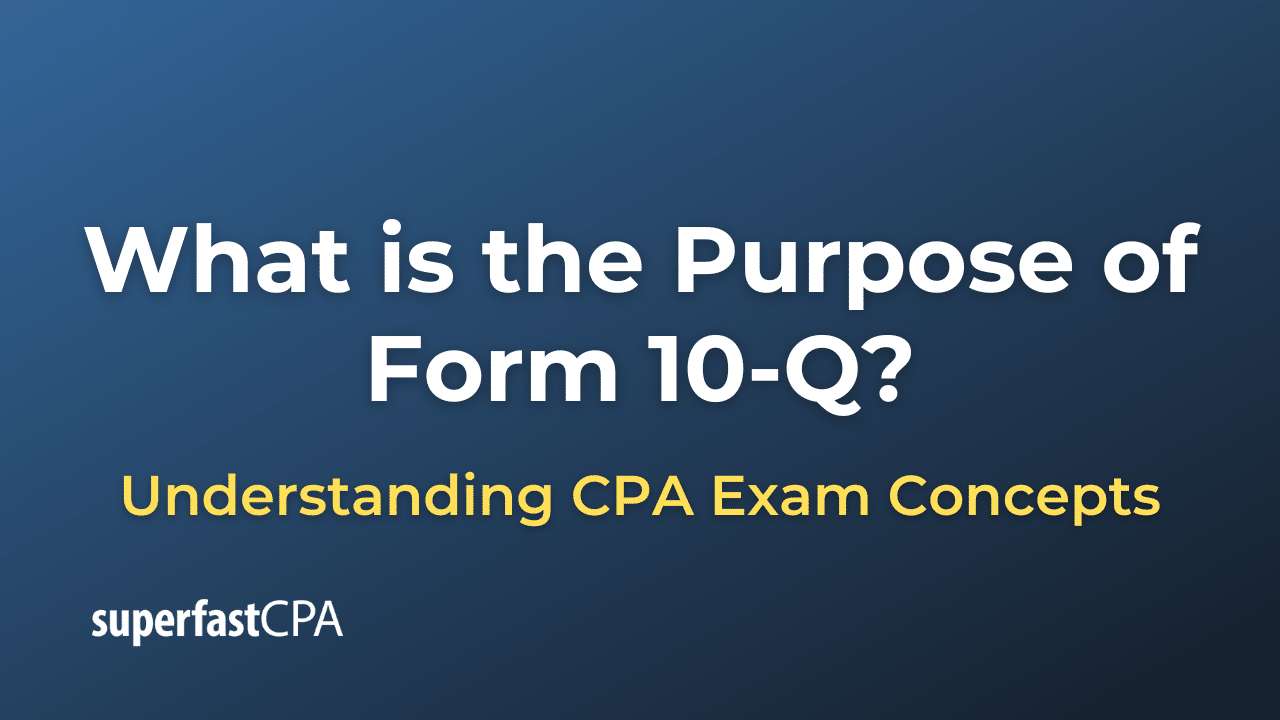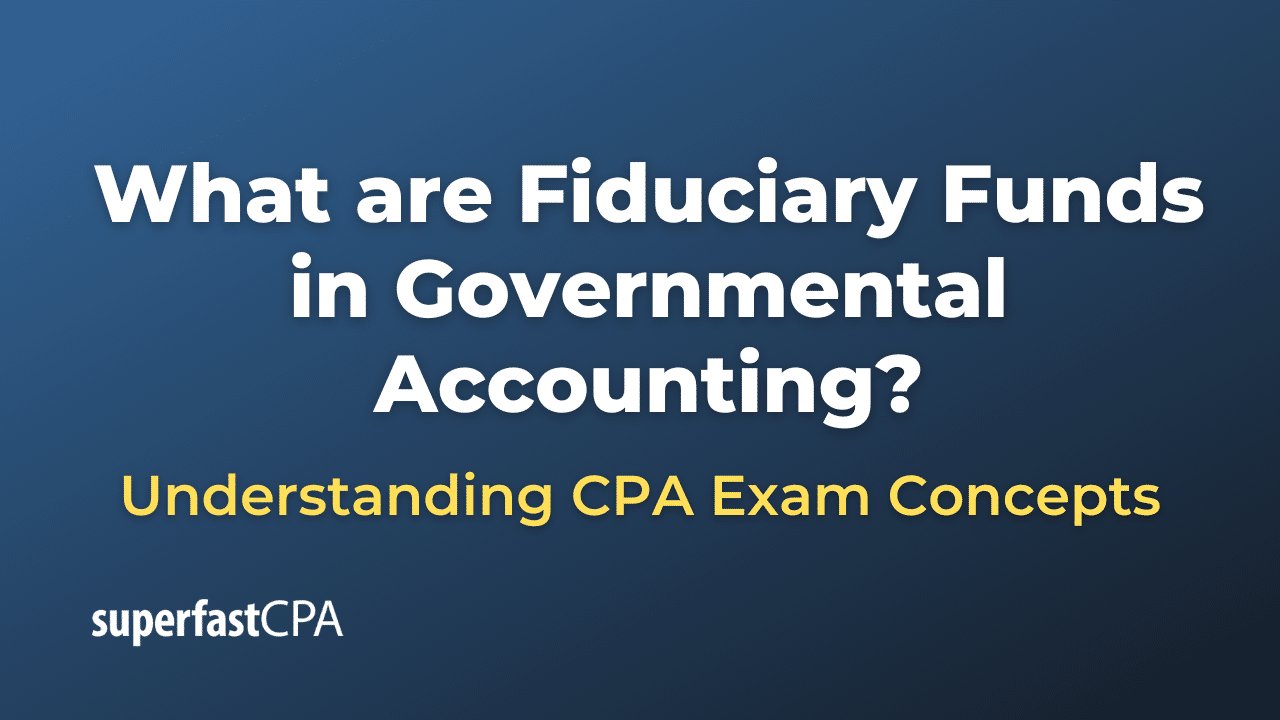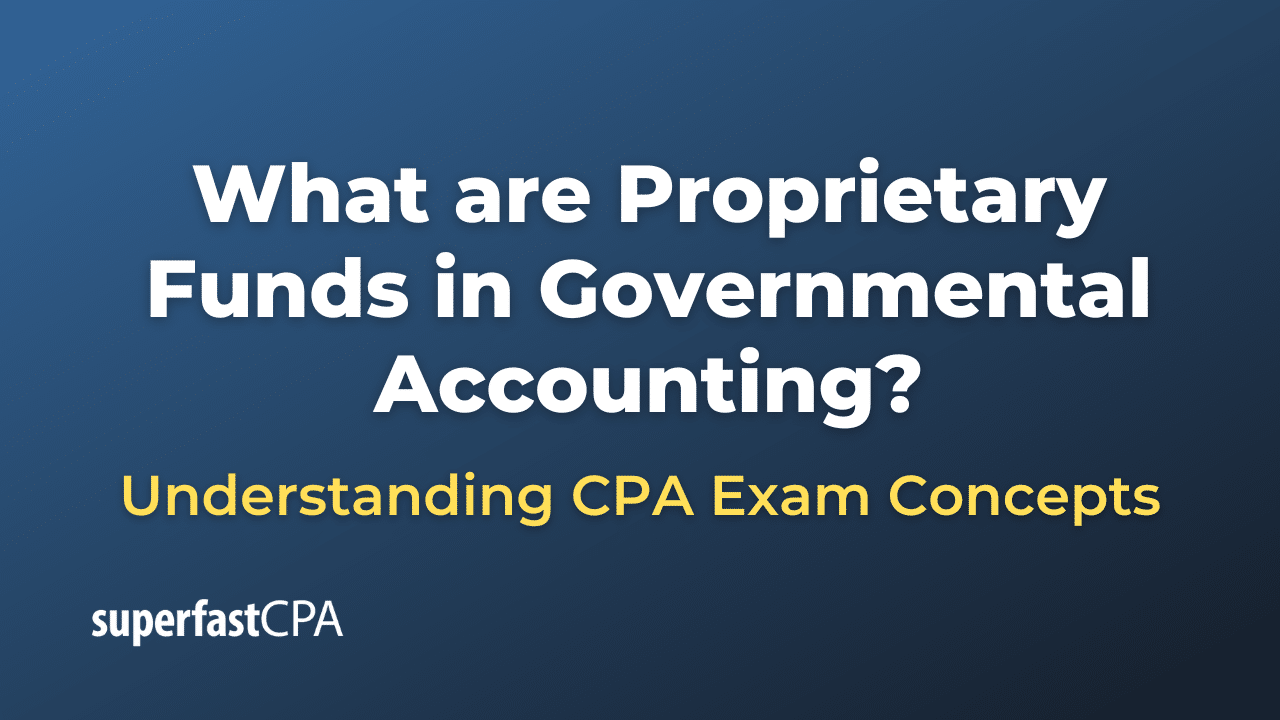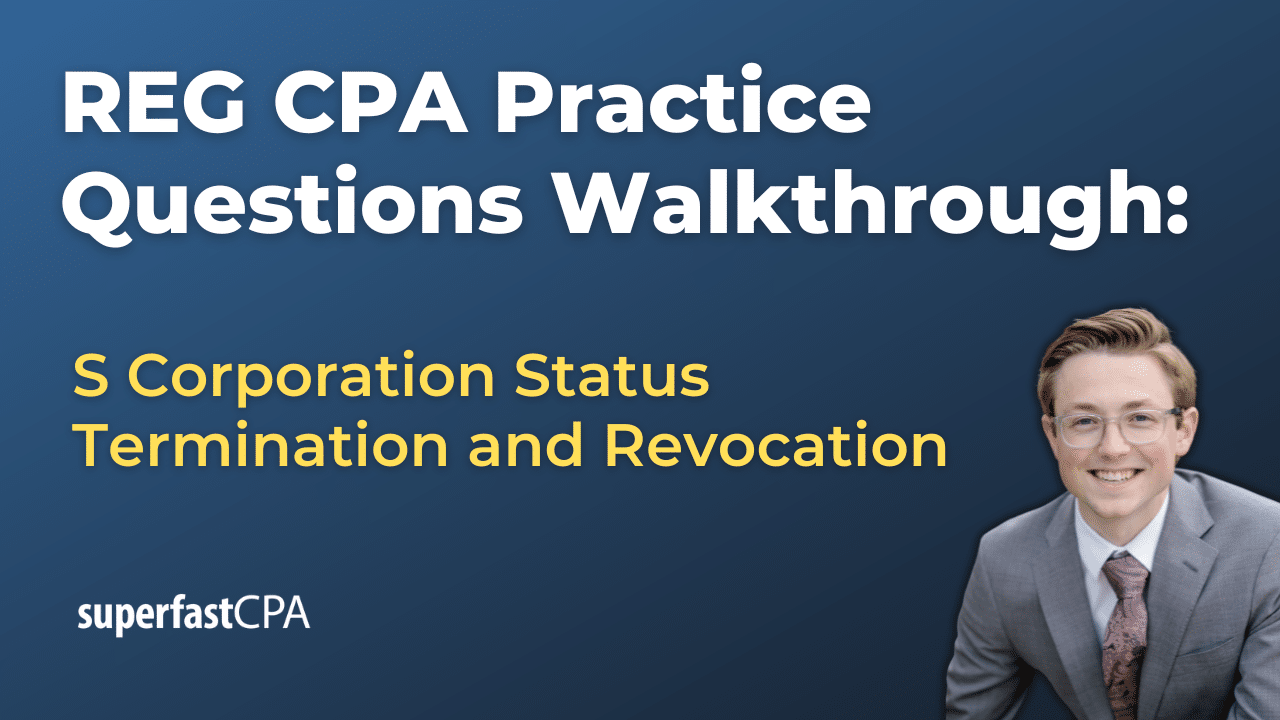Abusive Tax Shelter in Accounting
An abusive tax shelter is an investment scheme or arrangement designed primarily to exploit loopholes or weaknesses in tax laws in order to reduce or evade taxes. These tax shelters often involve complex transactions, artificial structures, or financial products that have little or no economic substance and are primarily aimed at generating tax benefits.
Abusive tax shelters are considered illegal or illegitimate because they undermine the intent of tax laws and lead to unfair tax avoidance. Governments and tax authorities, such as the Internal Revenue Service (IRS) in the United States, actively work to identify and shut down abusive tax shelters and penalize those involved in promoting or participating in them.
Examples of abusive tax shelters may include:
- Offshore entities or structures created to hide income or assets from tax authorities.
- Leasing arrangements that allow taxpayers to claim inflated deductions for depreciation or interest expenses.
- Artificial loss-generating transactions designed to offset taxable income.
- Misuse of trusts or charitable organizations to generate improper tax benefits.
It is essential for individuals and businesses to be cautious when considering tax planning strategies and to avoid participating in abusive tax shelters. Legitimate tax planning should focus on optimizing tax efficiency within the confines of tax laws and regulations, rather than engaging in aggressive or illegal schemes to evade taxes.
Example of an Abusive Tax Shelter
Here’s an example of an abusive tax shelter involving the misuse of a partnership structure.
Suppose a group of investors comes together to form a partnership that invests in a highly speculative real estate project. The partnership is financed primarily through loans, resulting in substantial interest expense. The real estate project generates little to no income, and it appears to have little economic substance.
The primary purpose of this partnership is to generate tax deductions for the investors, who are high-income earners looking to reduce their taxable income. The partnership allocates the interest expense and other deductions to the individual investors, who then use these deductions to offset their taxable income from other sources.
In this case, the partnership is an abusive tax shelter because it has been set up primarily to exploit tax laws and generate deductions, rather than pursuing a legitimate economic purpose. The investors are not truly interested in the success of the real estate project; they are only interested in the tax benefits.
Tax authorities, such as the IRS, would likely challenge the validity of this partnership and its deductions. Investors could face penalties, disallowed deductions, and back taxes for participating in this abusive tax shelter.

